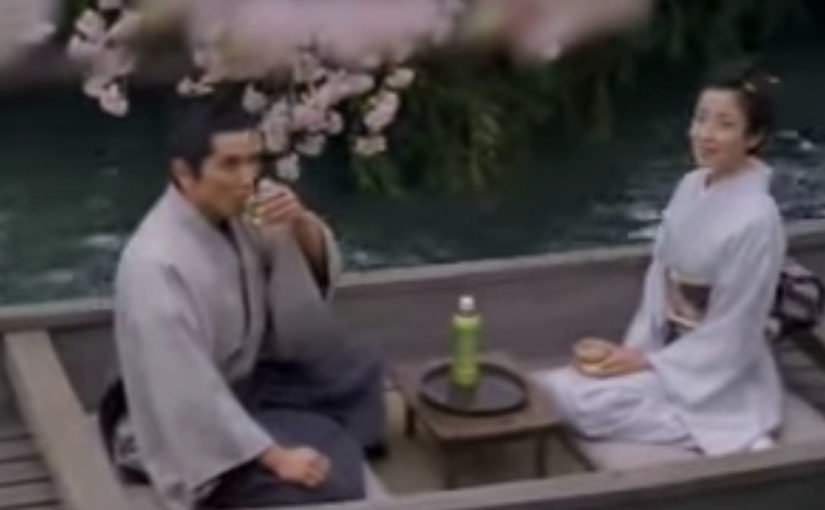Iemon or Yemon (ã„ãˆã‚‚ã‚“, イエモン) is an ancient Japanese given name for men. The name originally came from the word Uemonfu (å³è¡›é–€åºœ) which is the right guardhouse of the gates of Heian-kyÅ imperial palace during the Asuka period and Heian period. [It also is] a brand of green tea drink released by Suntory.
Hanami (花見, lit. “flower viewing”) is the Japanese traditional custom of enjoying the beauty of flowers, “flower” in this case almost always meaning cherry blossoms or ume blossoms. From the end of March to early May, sakura bloom all over Japan, and around the first of February on the island of Okinawa.
Green tea (緑茶 Ryokucha) is ubiquitous in Japan and therefore is more commonly known simply as “tea” (ãŠèŒ¶ ocha).
On July 14, 2009, Kirin announced that it is negotiating with Suntory on a merger. On February 8, 2010, it was announced that negotiations between the two were terminated.
Mamoru Fujisawa (藤澤 守, Fujisawa Mamoru, born December 6, 1950), known professionally as Joe Hisaishi (久石 è², Hisaishi JÅ), is a Japanese composer and musical director known for over 100 film scores and solo albums dating back to 1981. Hisaishi is also known for his piano scores.
As his works were becoming well known, Hisaishi formulated an alias inspired by Quincy Jones, an American musician and producer. Retranscribed in Japanese, “Quincy Jones” became “Joe Hisaishi”. (“Quincy”, pronounced “Kuinshī†in Japanese, can be written using the same kanji in “Hisaishi”; “Joe” comes from “Jones”.)
